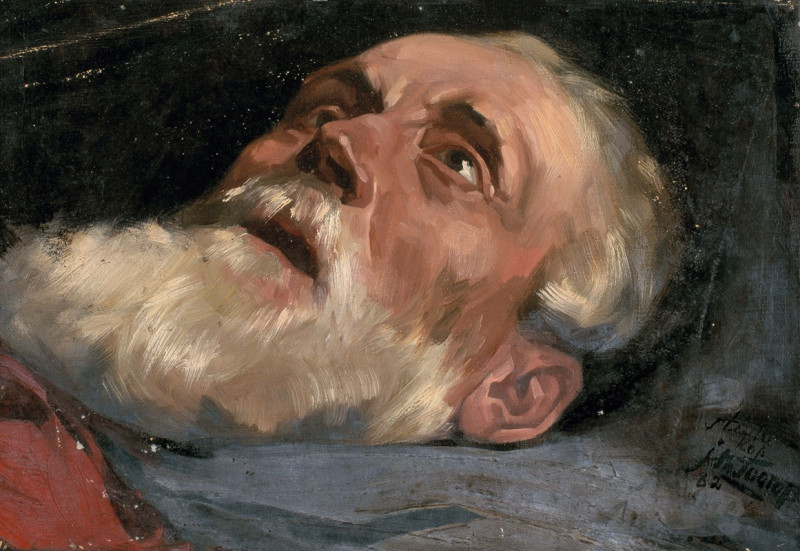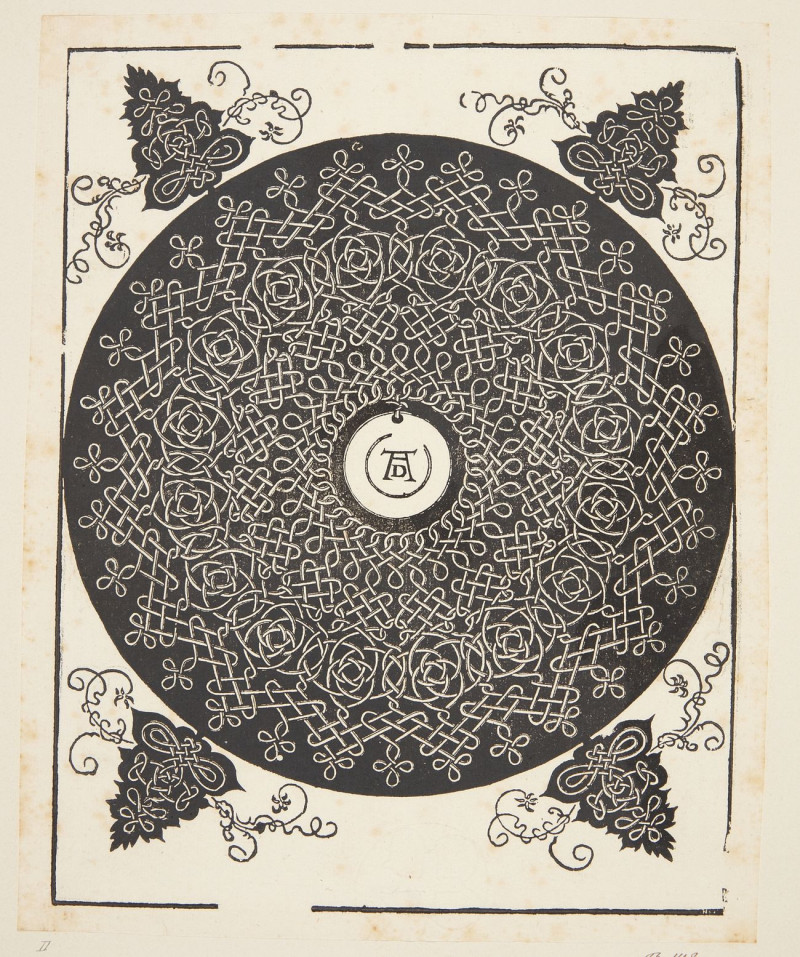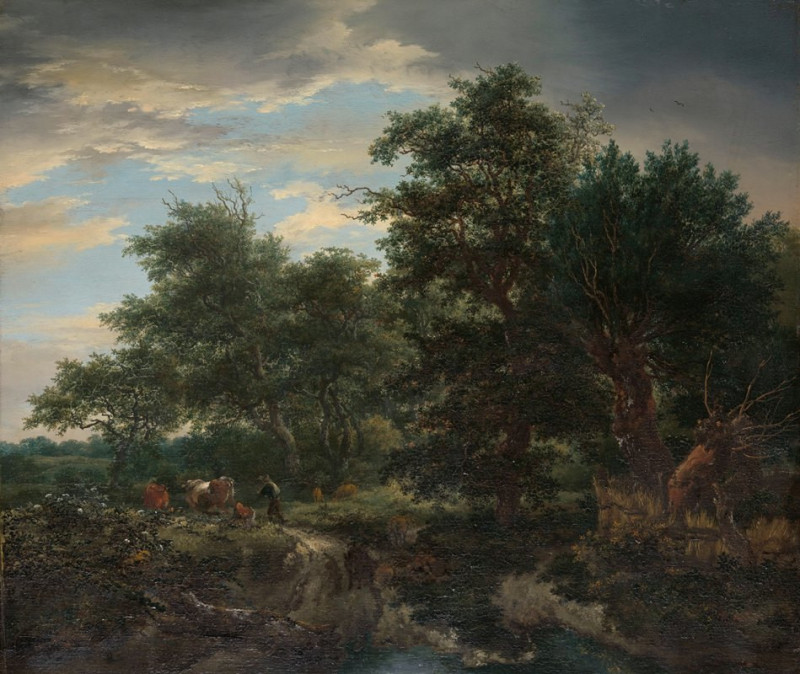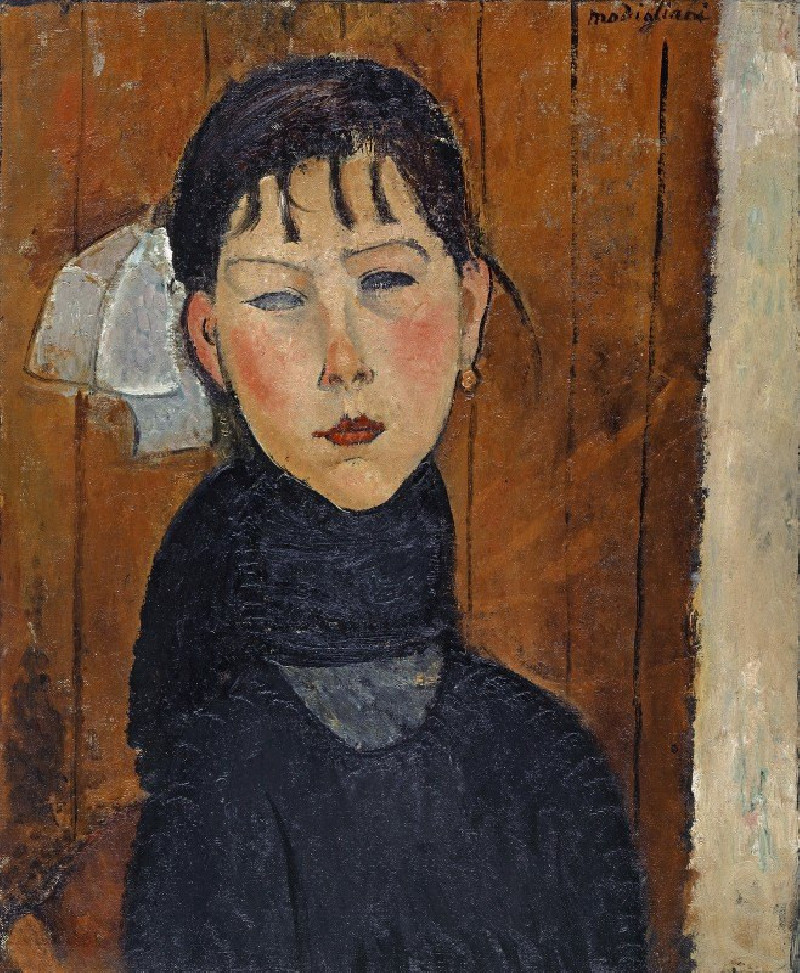Apple Harvest
Technique: Giclée quality print
Recommended by our customers
More about this artwork
"Apple Harvest" by Camille Pissarro is a vivid depiction of rural life and manual labor wrapped in serene beauty. The painting showcases a group of peasants engaged in the task of harvesting apples in a sprawling orchard. The composition conveys a bustling yet harmonious activity under the shade of robust apple trees.In the foreground, various workers are shown in mid-action. A man stands, stretching up with a pole to knock apples from the higher branches, while others, bent over or kneeling, gather apples into baskets and sacks. There is a gentle rhythm captured in their movements and positioning, suggesting a well-orchestrated teamwork inherent to agricultural life.Towards the right, a woman stands watching the activity, perhaps taking a brief respite or overseeing the work. The placement of the figures and their engrossed engagement with their tasks illustrate a narrative of collective effort and shared purpose.The background reveals more of the expansive orchard, stretching out under a vast sky. A cart, perhaps ready to transport the gathered apples, is visible in the distance, subtly emphasizing the scale and continuity of the harvest beyond the immediate scene.Pissarro's use of color and light in this painting adds a layer of vitality and warmth, with the dappled sunlight filtering through the trees casting patterns on the ground and figures.
Delivery
Returns
Blessed are they who see beautiful things in humble places where other people see nothing. — Camille Pissarro
Camille Pissarro (1830-1903) was born on St.Thomas (now the US Virgin Islands) to a Portuguese father and a Dominican mother. He went to Paris to study art at Ecole des Beaux-Arts. He was an early pioneer of pointillism and neo-impressionism and later became a mentor of many famous impressionist painters including Cezanne, Manet, Renoir, and Gauguin. His paintings depicted rural and urban French landscapes and lifestyle. Many of his works politically captured images of peasants and laborers. Today, he is considered the father of impressionism.

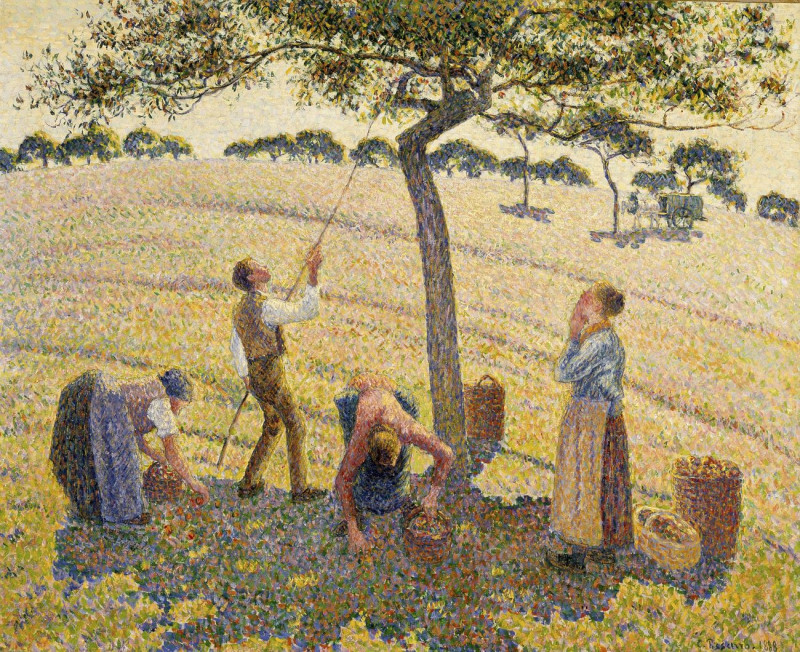






























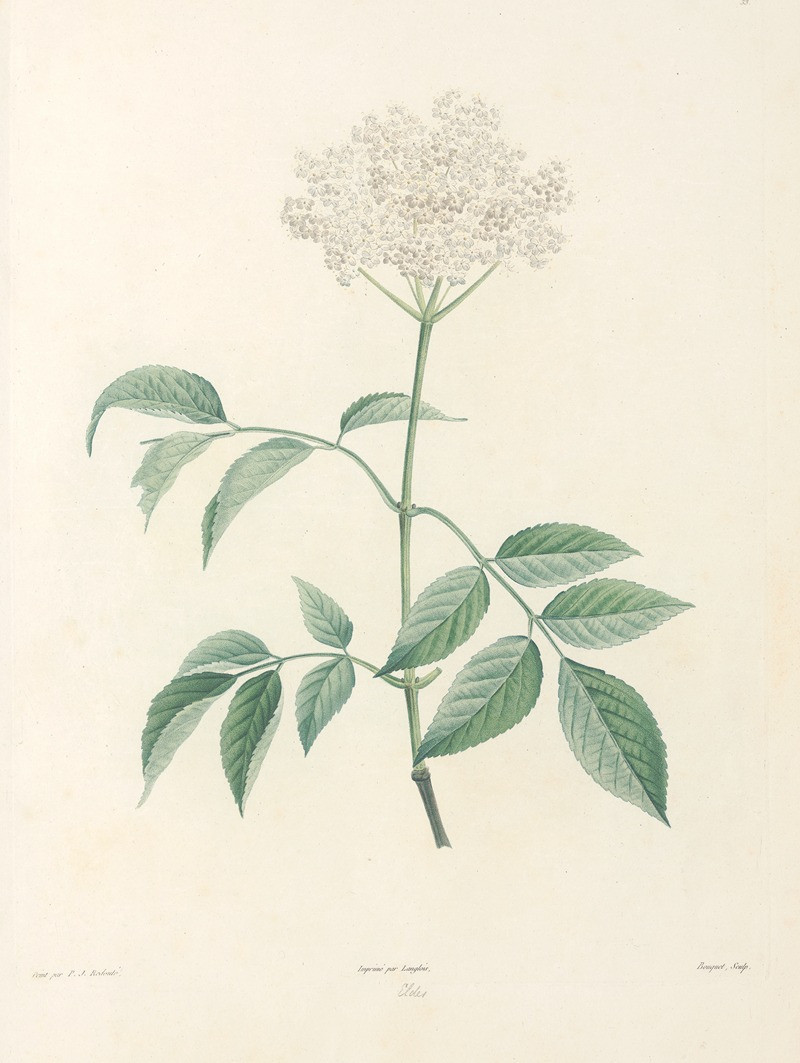
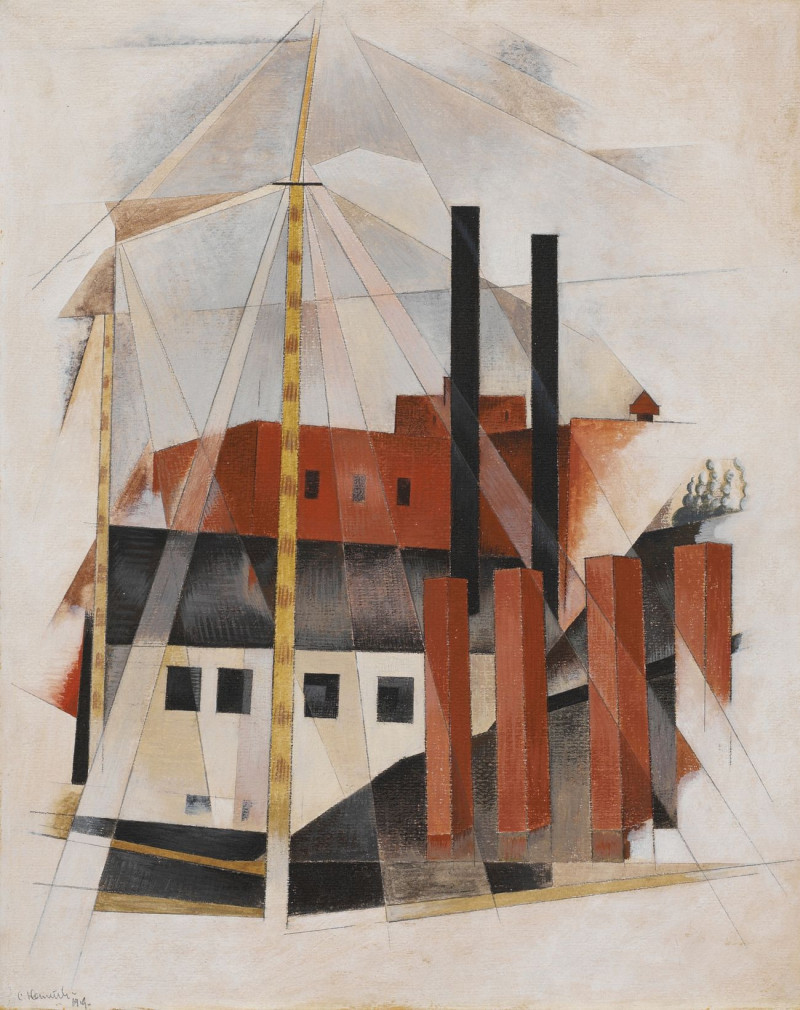
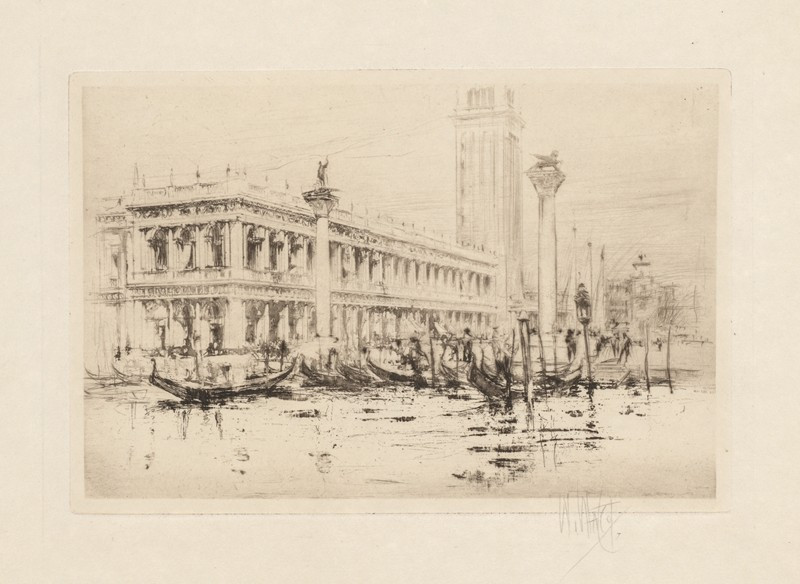


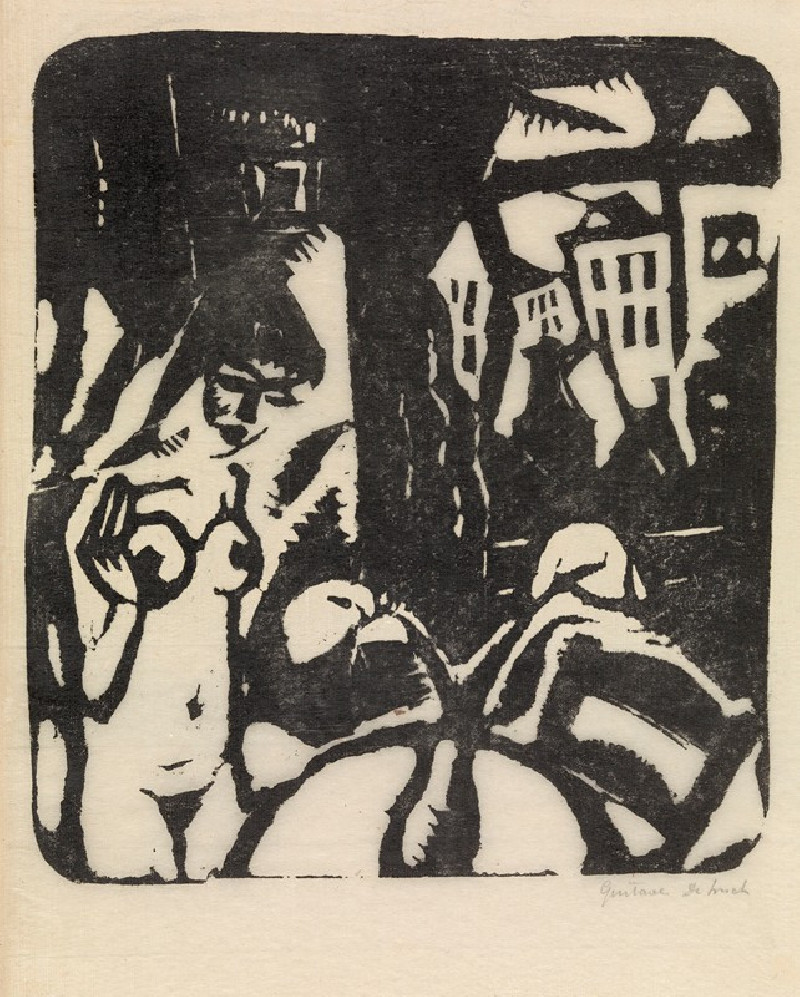
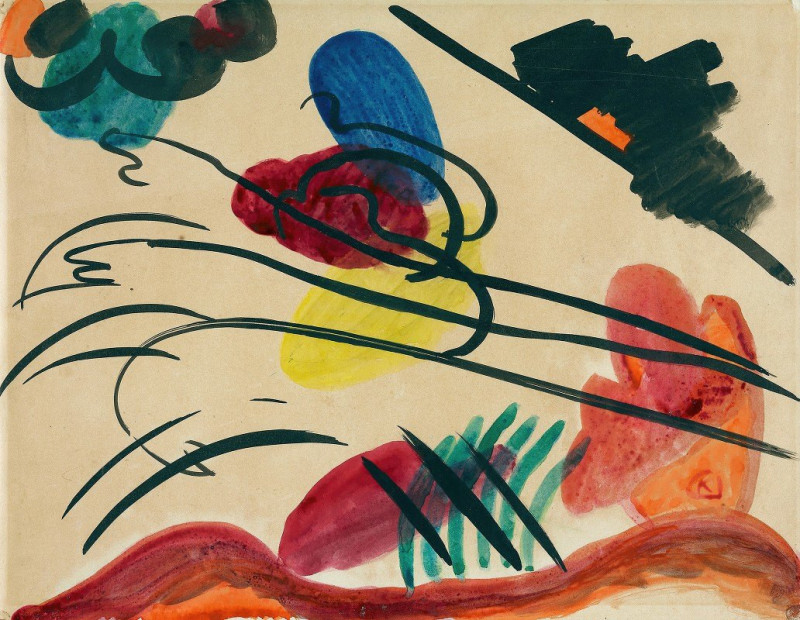

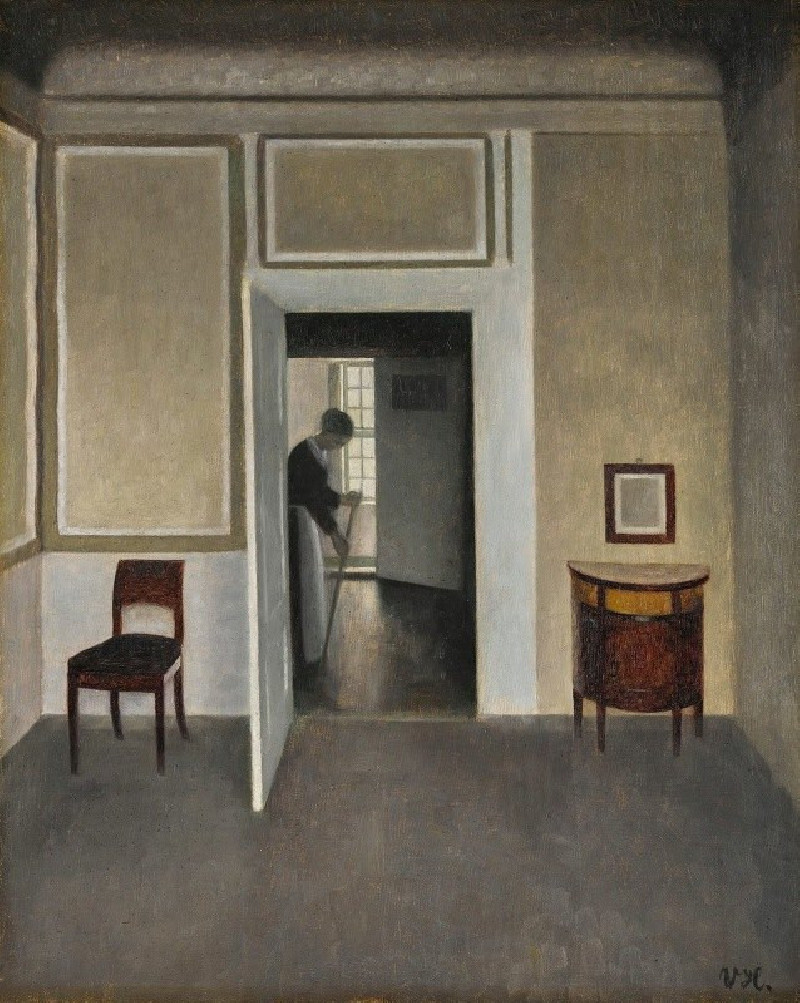
![Dayr el Medeeneh [Dayr al-Madînah], Thebes. (1846-1849) reproduction of painting by David Roberts. ALL GICLEE PRINTS](https://reprodukcijos.lt/39182-large_default/reproduction-of-dayr-el-medeeneh-dayr-al-madinah-thebes-1846-1849.jpg)
